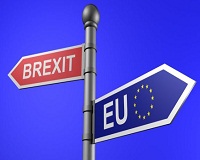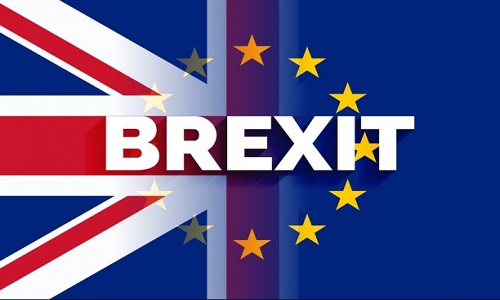"The UK is likely to get only a trade deal with the EU ‘along the same lines’ of what the EU has concluded with Canada, South Korea and Japan, said EU chief Brexit negotiator Michel Barnier. The UK’s own ‘red lines’ on Brexit (no freedom of movement, no jurisdiction for the European Court of Justice, the right to sign independent UK trade deals with third countries, etc.) ruled out anything more extensive."

The UK is likely to get only a trade deal with the EU ‘along the same lines’ of what the EU has concluded with Canada, South Korea and Japan, said EU chief Brexit negotiator Michel Barnier. The UK’s own ‘red lines’ on Brexit (no freedom of movement, no jurisdiction for the European Court of Justice, the right to sign independent UK trade deals with third countries, etc.) ruled out anything more extensive.
EU deals with other countries

The EU-South Korea free-trade deal was concluded in 2009 and came into force partially in 2011. It is essentially a tariff-reduction trade deal covering goods such as cars, textiles, electronics, chemicals and some agricultural products. It is supposed to be the bloc’s most ambitious overseas trade deal till date. The deal also relaxes Korean foreign ownership rules in telecoms, and liberalises rules on environmental and shipping services.
The EU recently inked the free trade deal with Japan. This agreement also liberalises the bilateral goods trade, primarily agricultural exports. For instance, tariffs on EU beef and pork will be reduced. For EU cheese, the tariffs are eliminated altogether. There’s also some opening up of the Japanese market to EU services firms in the telecoms and transport sectors.
The Canada-EU deal, known as CETA, provisionally came into force in September. Again, its focus is on the reduction of goods tariffs. Agricultural exports also stand to gain. Tariffs on cars, clothing, chemicals and machinery are also slashed to zero. On services, there is some opening up in financial services, telecoms, transport and post.
What is not covered
The difference between these free-trade deals and the EU’s single market and customs union is immense. The goods tariffs under these various deals are reduced or sometimes eliminated, but in the customs union, they disappear entirely as a matter of law. Shipments to the EU from South Korea, Canada and Japan all have to be (and will continue to be) checked by EU customs authorities to ensure they are actually from those countries and that they conform to local safety rules, even if no tariffs are due.
Within the EU customs union, goods cross borders without any checks at all. The single market in services also goes far beyond any liberalisation of cross-border service provision in these other trade deals. The single market specifically targets non-tariff barriers, such as local regulation rules. Single market membership also entitles one to work in any country under this deal. This freedom of movement does not exist (and will not exist) for EU citizens with regards to its treaty the Canadian, Japanese and South Korean labour markets.
Brexit impact
Various trade economists have analysed the slated impact of Brexit. Oxford Economics and the National Institute for Economic and Social Research estimated damage of 2 per cent of GDP, or around £1,300 per household. However, the London School of Economics team was more pessimistic, estimating a 6.3 per cent hit to GDP by 2030 – around £4,300 per household. The consensus view of credible trade economists is that the more significant the trade barriers that are erected between the UK and the EU, the worse the economic damage will be.












